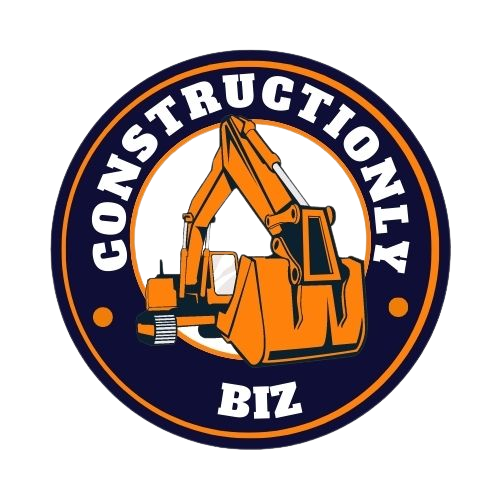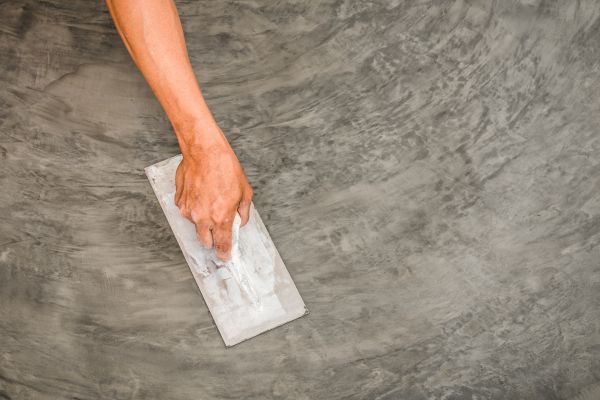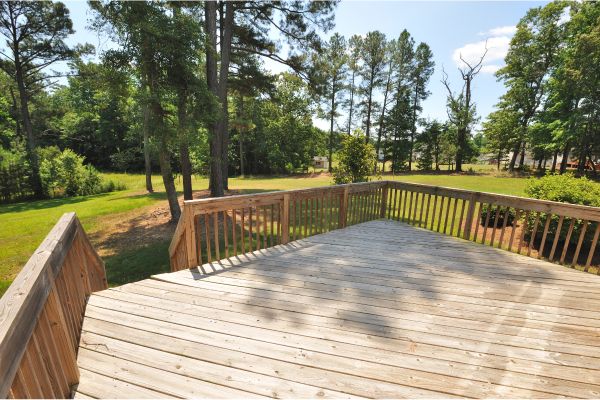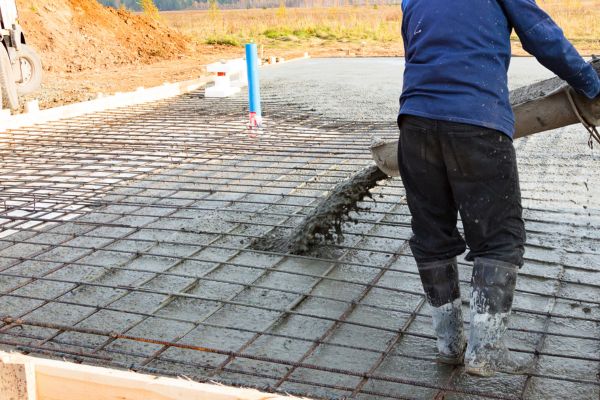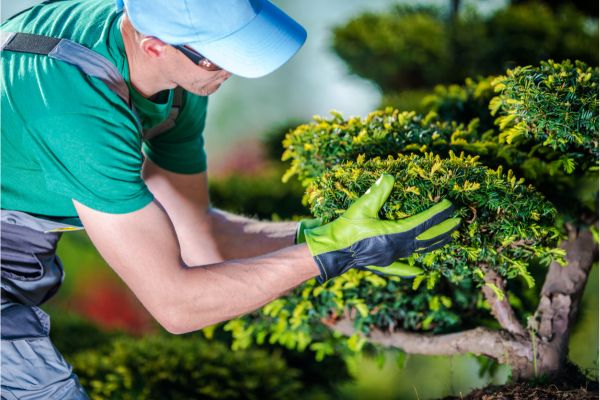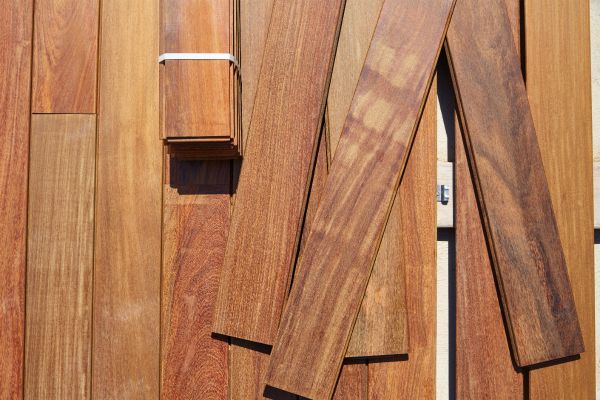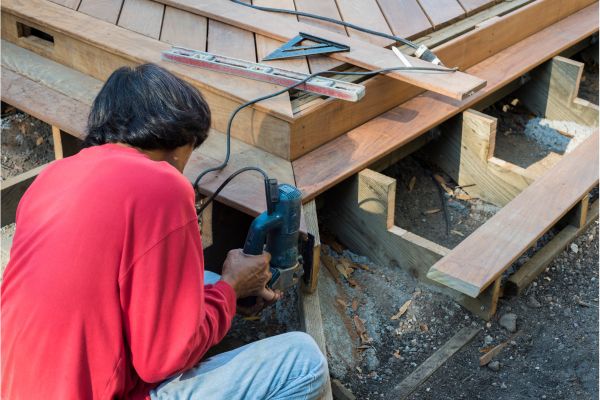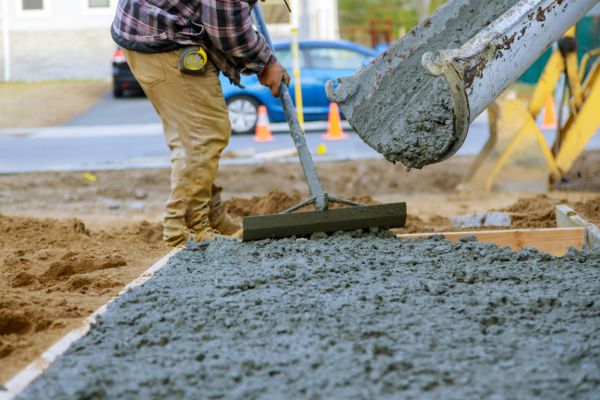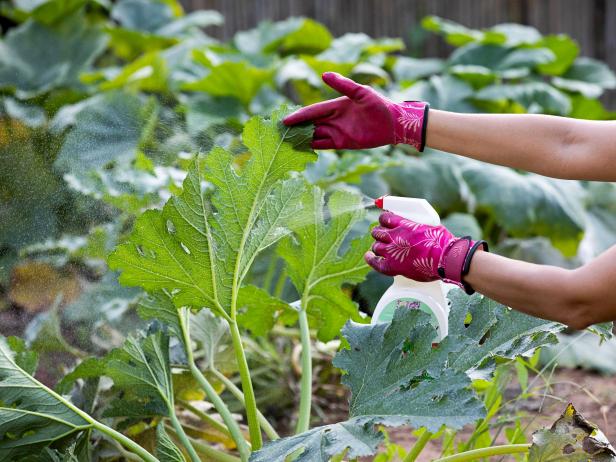Concrete surfaces are an integral part of our homes and properties, providing durability and functionality. However, without proper maintenance, these surfaces can deteriorate over time, leading to costly repairs and replacements. In this blog post, we’ll explore expert tips and advice on how to effectively maintain your concrete surfaces to ensure their longevity and aesthetic appeal.
Understanding Concrete Surfaces
Concrete surfaces, such as driveways, sidewalks, and patios, are subjected to various environmental factors and wear and tear. Understanding the composition and characteristics of concrete is crucial for effective maintenance. Concrete is a mixture of cement, aggregates, and water, which hardens over time to form a solid structure. Despite its durability, concrete is susceptible to damage from factors like weather, traffic, and improper maintenance practices.
Tips for Maintaining Concrete Surfaces
Cleaning Techniques
Regular cleaning is essential for preserving the appearance and integrity of concrete surfaces. Use a mild detergent or specially formulated concrete cleaner and a pressure washer to remove dirt, stains, and debris. Avoid using harsh chemicals or abrasive cleaners, as they can damage the surface.
Sealing
Sealing concrete surfaces helps protect them from moisture penetration, staining, and UV damage. Apply a high-quality concrete sealer every 1-3 years, depending on the level of traffic and exposure to the elements. Follow the manufacturer’s instructions for proper application and ensure the surface is clean and dry before sealing.
Repair and Patching
Inspect concrete surfaces regularly for cracks, chips, and other signs of damage. Address minor damages promptly to prevent them from worsening over time. Use a concrete patching compound to fill in cracks and repair surface imperfections. For larger repairs or structural issues, consult a professional concrete contractor.
Preventative Measures
Take proactive measures to protect concrete surfaces from damage. Avoid using de-icing salts in winter, as they can corrode the concrete and cause scaling. Use protective mats or pads under heavy furniture or equipment to prevent indentations and surface abrasions. Additionally, ensure proper drainage to prevent water from pooling on the surface and causing damage.
Expert Insights and Recommendations
We reached out to experts in the concrete industry to gather their insights and recommendations for maintaining concrete surfaces. According to John Smith, a seasoned concrete contractor, “Regular maintenance is key to extending the lifespan of concrete surfaces. Investing in routine cleaning, sealing, and repairs can save homeowners time and money in the long run.”
DIY vs. Professional Maintenance
While some concrete maintenance tasks can be tackled as DIY projects, others may require professional expertise. Simple cleaning and sealing can often be done by homeowners, but complex repairs or structural issues should be handled by experienced professionals. Consider the scope of the project, your level of expertise, and budgetary constraints when deciding whether to DIY or hire a professional.
Takeaway
Maintaining your concrete surfaces doesn’t have to be a daunting task. By following these expert tips and recommendations, you can keep your concrete surfaces looking great and performing well for years to come. Remember to prioritize regular cleaning, sealing, and repairs to protect your investment and ensure the longevity of your concrete surfaces.
